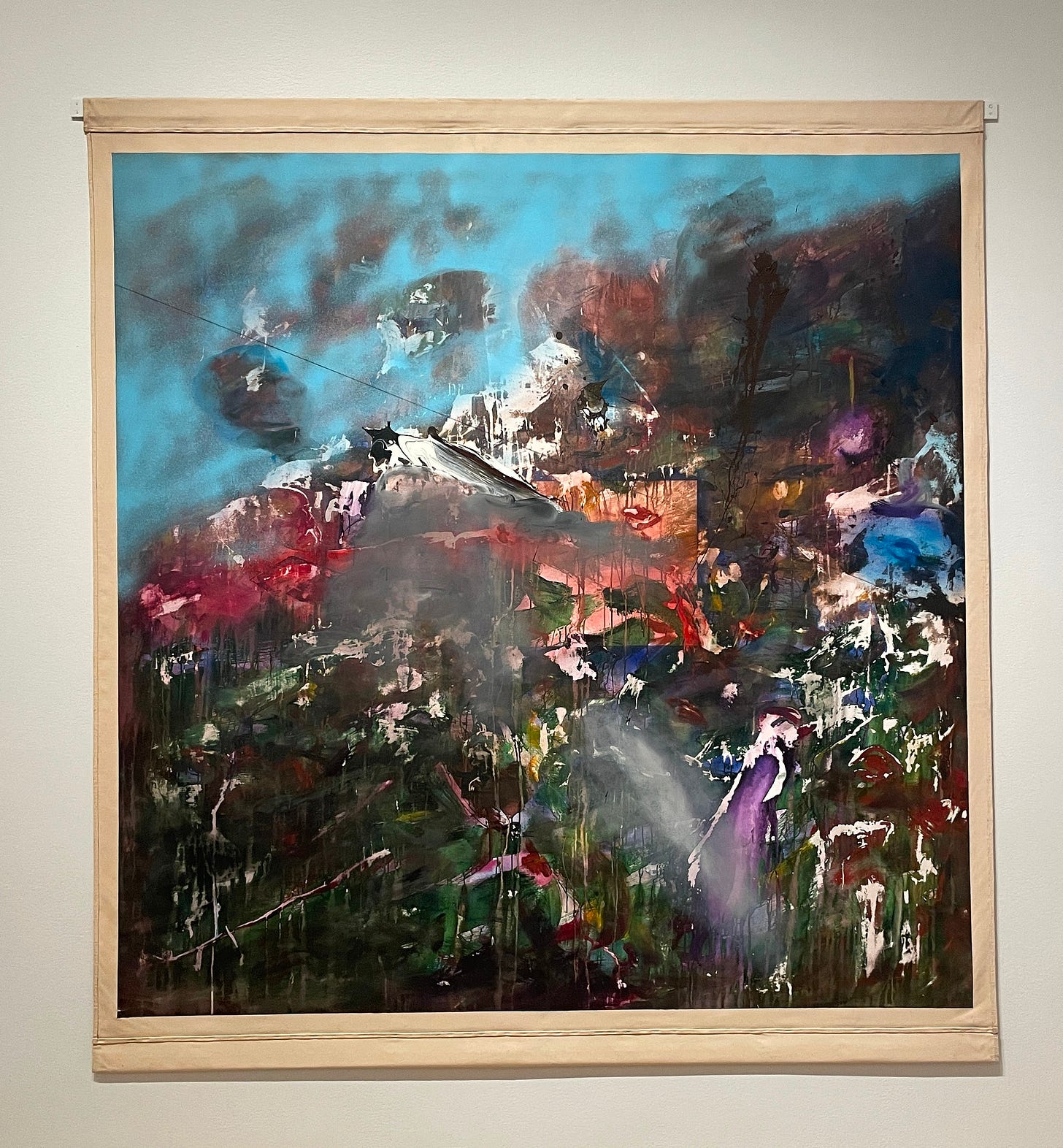You can’t enter a New York City museum without engaging with the concept of “American art” this summer. There’s the Rashid Johnson exhibition at the Guggenheim. Amy Sherald gets a stunning and surreal floor at the Whitney. The Met is showing a career-spanning exhibition on John Singer Sargent, along with a smaller display of works by Lorna Simpson. Then, the Museum of Modern Art is hosting a genuinely radical career retrospective for Jack Whitten.
I’ve spent the last few months visiting each of these exhibitions, taking my time to examine what the artist intended to present in their work and how it landed for me. These exhibitions all feature Black artists — except for John Singer Sargent — who use(d) their art to confront American violence, racism, and insular viewpoints.
The Jack Whitten exhibition was my favorite of all of these shows. He was up against some heavyweights, but his retrospective took number one in my rankings with a comfortable lead. The John Singer Sargent exhibition, on the other hand, pissed me off. I have some real thoughts on our country’s designated canonized American impressionist.
But! The museums hosting these shows are almost as interesting as the exhibits themselves.
The Guggenheim is a financial trainwreck. The Whitney is completely overhauling its presentation of its permanent collection — which, in my opinion, had morphed into a pretty weird and poor showing of American art. (A few months ago I saw some nice Rauschenbergs in the museum basement between the coat check and the restrooms).
The Met is undertaking the long process of building out a new space for contemporary art, which has actually closed off much of the square footage that was previously used to display contemporary art. That’s overall a strong positive direction for the museum (and the roof is open again, finally), but it’s the Met and it carries a lot of baggage. The MoMA escaped my scrutiny this round. Things seem fine and on-track there.
These simultaneous shows also demonstrated the growing influence of artist galleries on museum curation. I wasn’t aware of any of this subtext until I read a story in the New York Times that pointed out that many of these shows feature artists who are represented by one particularly powerful gallery. The story and analysis were fascinating and it will certainly cause me to read the provenance section of the museum placards more closely in the future.
Here’s how I experienced each of these exhibitions.
Keep reading with a 7-day free trial
Subscribe to Critical Thinking to keep reading this post and get 7 days of free access to the full post archives.





